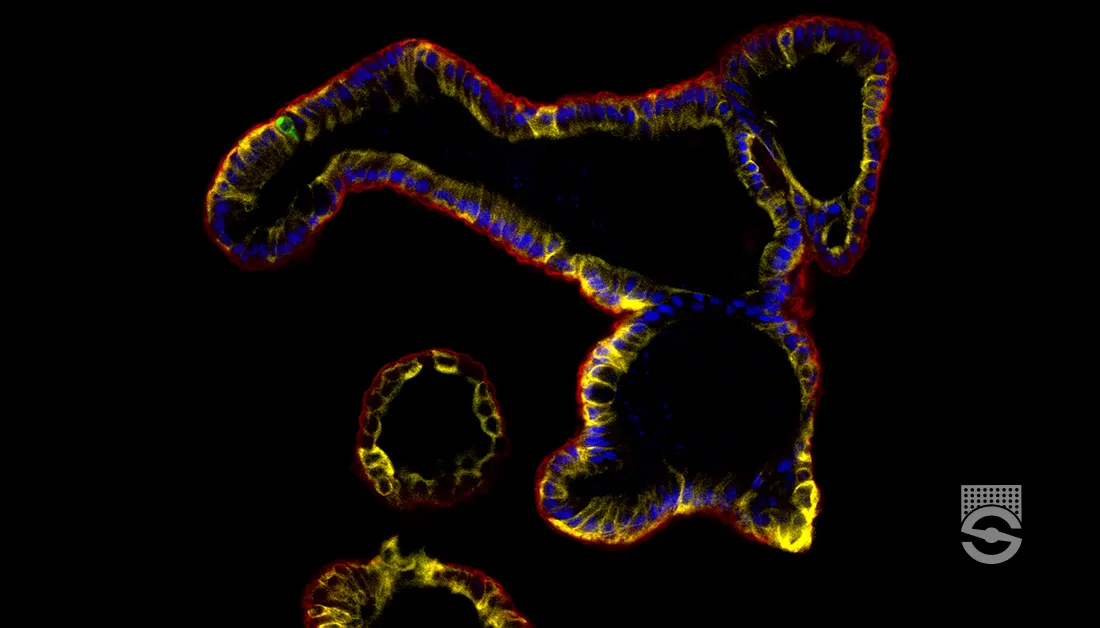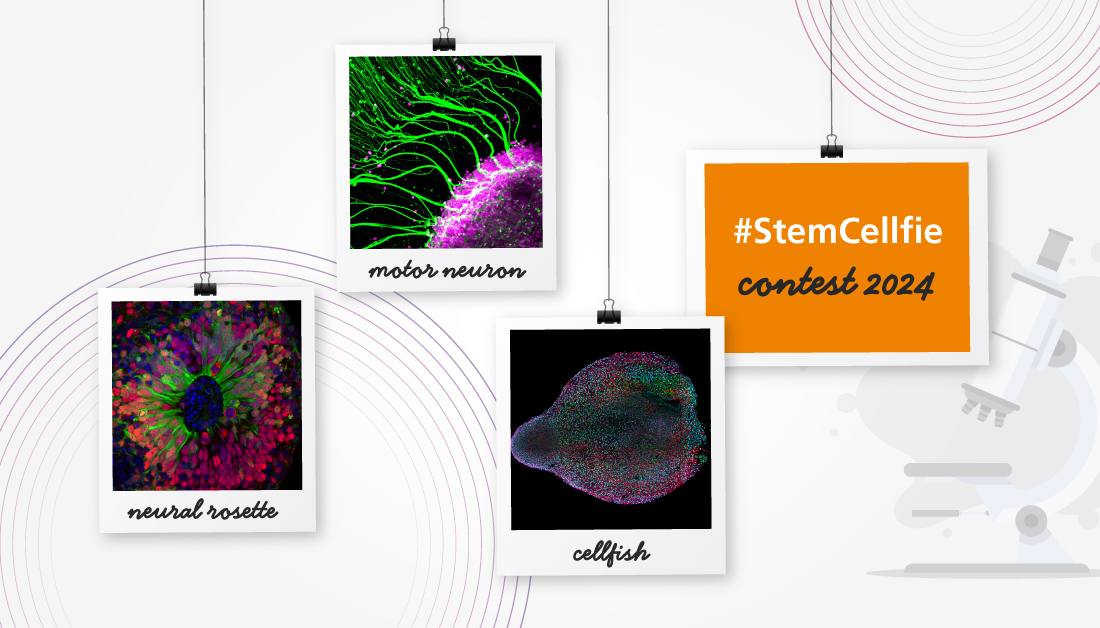Nassar & Shanklin Impregnation
for Reticulin
Materials
- Silver nitrate, 10% aqu.
- Strong ammonium hydroxide (s.g. 0.880).
- Oxalic acid, 2% aqu.
- Yellow gold chloride, 2% aqu.
- Sodium thiosulphate, 5% aqu.
- Progressive hemalum
- Mallory bleach
Material Amount Potassium permanganate, 1% aqu. 1 vol Sulphuric acid, 0.5% aqu. 1 vol - Pyridinised silver nitrate
Material Amount Silver nitrate, 2% aqu. 10 mL Pyridine 3 drops - Reducer
Material Amount Formalin, 2% aqu. neutralised 1 vol Ethanol, 95% 1 vol
Preparation of Ammoniacal Silver
- Place 1 mL of strong ammonium hydroxide into a flask.
- Pour in 7 mL of 10% aqueous silver nitrate.
- Add drops of 10% silver nitrate until a persistent, pale opalescence remains after shaking.
- Add an equal volume of distilled water. Add 3 drops pyridine for each 10 mL of solution for use.
Tissue Sample
5 µ paraffin sections of neutral buffered formalin fixed tissue are suitable. Other fixatives are likely to be satisfactory. A section adhesive is recommended.
Protocol
- Bring sections to water via xylene and ethanol.
- Oxidise with the Mallory bleach for 1-2 minutes.
- Rinse with distilled water.
- Bleach in Oxalic acid for 1-2 minutes.
- Rinse with distilled water.
- Rinse with tap water for 5 minutes.
- Rinse with 95% ethanol.
- Place in 2% silver nitrate
- Rinse with 95% ethanol.
- Treat with pyridinised silver nitrate at 50°C for 30 to 60 minutes.
- Rinse briefly with 95% ethanol.
- Treat with ammoniacal silver at 50°C for 5 minutes.
- Rinse briefly with 95% ethanol.
- Treat with the reducer for 2 minutes.
- Rinse well with distilled water.
- Tone with gold chloride solution until sections are grey.
- Rinse well with distilled water.
- Fix in 5% sodium thiosulphate for 2 minutes.
- Wash well with running tap water.
- Counterstain with a progressive hemalum and blue.
- Wash with tap water.
- Dehydrate with ethanol, clear with xylene, and mount with a resinous medium.
Expected Results
- Reticulin fibres – black
- Nuclei – blue
- Background – grey
Notes
- Ensure that the ammonium hydroxide is fresh and full strength. Keep well stoppered when not in use. Remove sufficient for use from the stock bottle then immediately restopper.
- 2% formalin is made by diluting strong formalin 1:50 with tap water (2 mL strong formalin, 98 mL tap water). The strong formalin used to make this should be neutralised, but do not use buffered formalin. Neutral formalin in this context may be made by keeping strong formalin over marble chips. However, be very careful as the gas given off may increase the pressure inside the container and cause an explosion. Either apply a cap loosely so gas can escape, or use a fermentation lock.
- Toning is a variable step. Untoned sections give dark brown reticulin fibres on a paler brown background. Many microscopists prefer to tone for about 15 seconds to produce brown-black reticulin fibres on a pale grey-brown background. Others tone longer (a few minutes) to produce black reticulin fibres on a grey background. Longer toning produces purple tones. Tone according to the personal preference of the microscopist reviewing the slides.
Safety Note
Prior to handling any chemical, consult the Safety Data Sheet (SDS) for proper handling and safety precautions.
References
- Drury, R A, and Wallington, E A, (1967).
Carleton’s histological technique., Ed. 5.
Oxford University Press, London, England.





